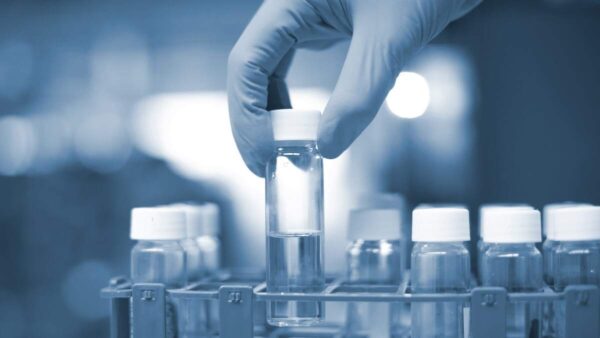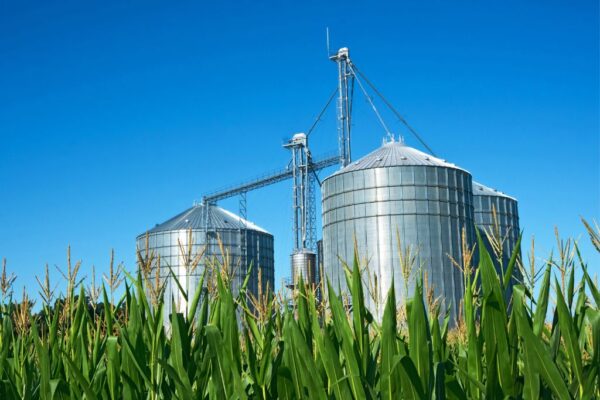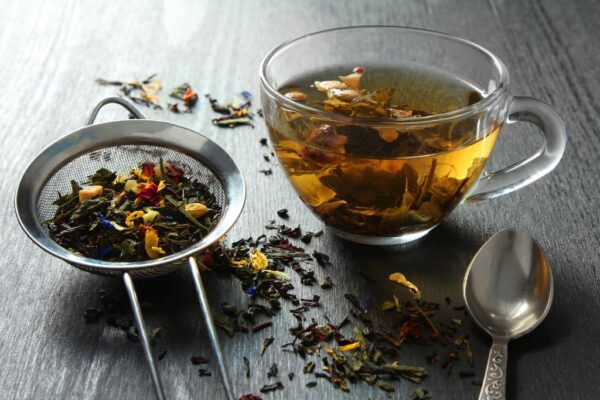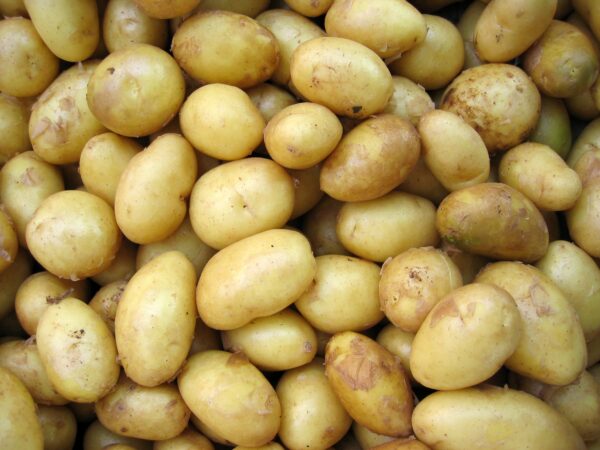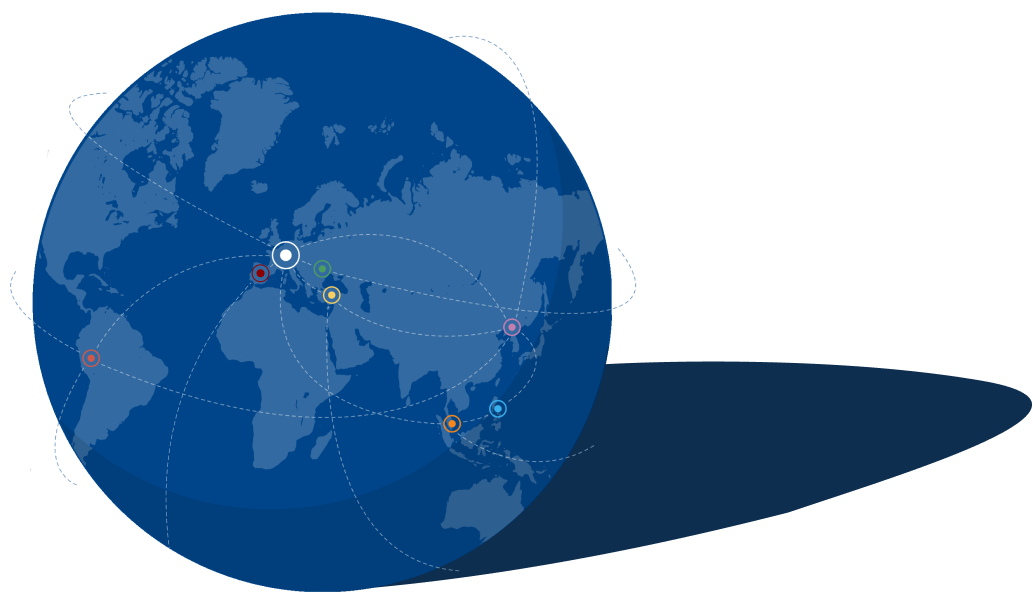Nicotine
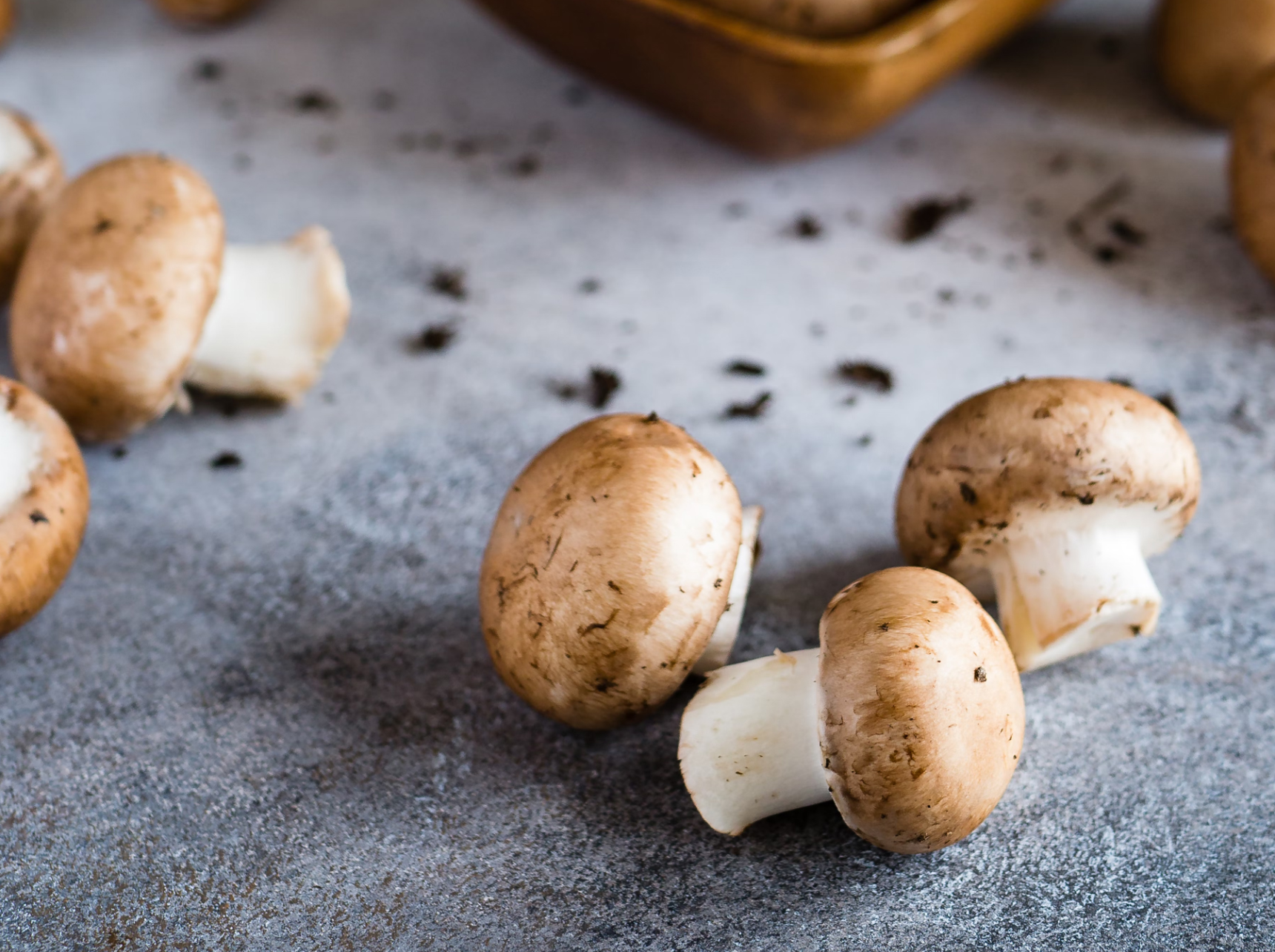
Background
Nicotine is the major alkaloid of the tobacco plant Nicotiana tabacum. It may also be present in low concentrations in other solanaceous plants such as tomatoes and potatoes. Nicotine is an active substance with insecticidal properties, however, it is banned in the EU since the beginning of the 1980s. An application of nicotine in third countries can never be ruled out completely. If nicotine residues are detected, it is not possible to determine whether the residues stem from an application of an insecticide or from a contamination.
Toxicology
Nicotine which has a stimulating property in low concentrations acts as a strong neurotoxin at higher concentrations. In 2009 EFSA (European Food Safety Authority) has defined an ADI (acceptable daily intake) and an ARfD (acute reference dose) of only 0.0008 mg/kg body weight.
Legislation
For substances without maximum residue limits (MRL) defined by regulation (EC) no. 396/2005, a standard limit of 0.01 mg/kg is valid. In 2009 the BfR (Federal Institute for Risk Assessment) and EFSA have dealt with the problem of nicotine in mushrooms. The results of these investigations have shown that for wild mushrooms, especially porcini, residues above 0.01 mg/kg have to be expected.
In 2010 a specific MRL of 0.04 mg/kg for wild mushrooms was defined (chanterelle, truffle, morel, porcini). For cultivated mushrooms no MRL was defined and therefore the standard MRL of 0.01 mg/kg is valid. For dried porcini the MRL is 2.3 mg/kg and for all other dried wild mushrooms 1.2 mg/kg.
Analysis Sensitive to Blanks
We analyse residues of nicotine using sensitive LC-MS-MS. Our nicotine laboratory ensures the necessary environment without blank values reaching sensitivities of below 1 µg/kg. Apart from analysis of foods like eggs and dried porcini, the determination of nicotine in textiles is also feasible.
This might also interest you
Parameters & Analytical Methods
-
State-of-the-Art Analysis
We constantly update our spectrum of parameters to the latest developments in the food analysis sector and offer state-of-the-art analytical methods for the safety of your products.
-
Comprehensive multi-methods
We are constantly expanding our range of services in order to be able to guarantee you a comprehensive range of analyses. We offer multi-methods for mycotoxins, dioxin analysis or molecular biological analysis for GMOs and allergens. The GALAB Pesticide500Plus® multi-method can even be used for difficult matrices such as spices and herbs.
-
Constant development
If you cannot find the parameter/analysis you are looking for here, please do not hesitate to contact us. Our research and development department implements your requirements and specifications cost-efficiently and with a high quality standard.
-
Quality Policy
GALAB Laboratories has implemented a quality management system to allow for optimum service for their customers. It is our goal to establish close relations to customers by customer satisfaction. Therefor quick reactions to customers’ specific needs as well as considerations for quality demands of the market are necessary. We strive to provide comprehensive and professional advice to our customers. Learn more
Get in touch, we will help you.


